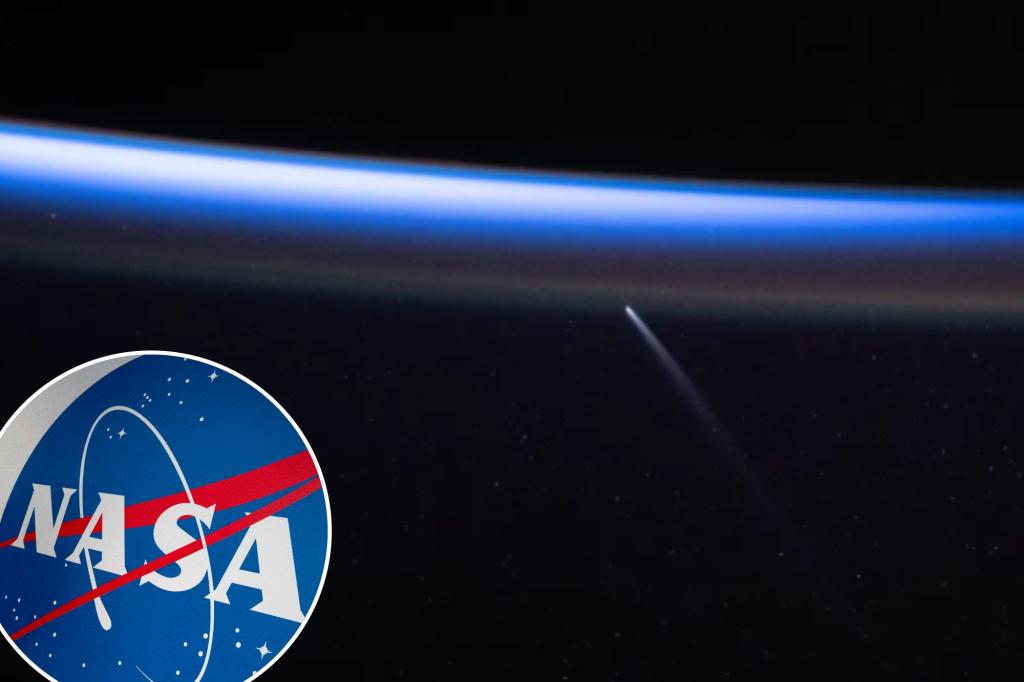Comet C/2023 A3 Tsuchinshan-Atlas, a celestial object that has not been seen in 80,000 years, is set to make its closest approach to Earth this weekend before heading back into outer space. Discovered in 2023 by observers at China’s Tsuchinshan Observatory, the comet will come within 44 million miles of Earth and will be visible in the western sky after sunset until later this month. The orbit of the comet is well-known and has been closely monitored by astronomers, with the International Space Station even capturing a photo of the comet’s dusty tail on its journey around the sun.
Comets are remnants of the solar system’s formation approximately 4.5 billion years ago and are composed of a mixture of ice, dust, rock, and gases. Some comets do not survive close encounters with the Sun, but Tsuchinshan-ATLAS has managed to survive without disintegrating. However, another comet being watched by astronomers, C/2024 S1 ATLAS, may not be as fortunate. Astronomers expect the Tsuchinshan-Atlas comet to remain visible until the Full Hunter’s Moon on October 17, after which it will likely no longer be visible.
The closer a comet gets to the Sun, the longer its tail tends to grow, with astronomers predicting that the Tsuchinshan-Atlas comet will have a significant tail visible from Earth. Despite the comet’s rarity and the excitement surrounding its appearance, astronomers believe that it will be another 80,000 years before the comet is visible again if it survives its voyage around the solar system. If individuals happen to miss the chance to see the comet, there are few celestial events left in the calendar year, including three full moons and a close bypass with Jupiter before the winter solstice.
While the Tsuchinshan-Atlas comet is not a threat to Earth, its passage close to our planet provides a unique and rare opportunity for astronomers and skywatchers to observe this once-in-a-lifetime event. With the comet’s visibility in the western sky after sunset, individuals have the chance to witness the beauty of this celestial object as it moves through the vast darkness of outer space. The comet has already been watched by astronauts aboard the International Space Station, who have captured stunning images of its journey around the Sun, showcasing its dusty tail and providing valuable insights into the nature of comets.
Astronomers are closely monitoring the Tsuchinshan-Atlas comet as it makes its closest approach to Earth in order to gather more information about its composition, behavior, and trajectory. By studying this rare celestial object, scientists can gain a better understanding of comets and their role in the solar system’s formation. While the comet’s appearance may be fleeting, the data collected during this time can provide valuable insights that will contribute to our knowledge of the universe and its many mysteries. As the comet continues on its journey back into the depths of outer space, astronomers will continue to study its movements and behavior, adding to the collective knowledge of humanity’s place in the cosmos.


